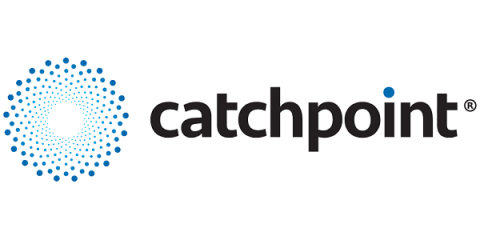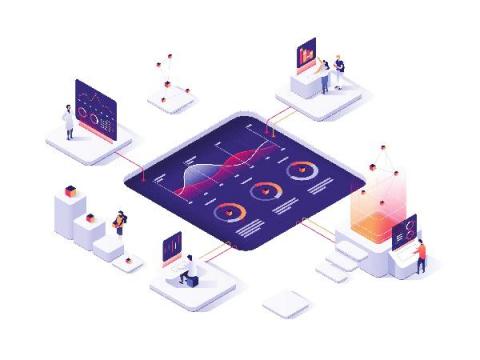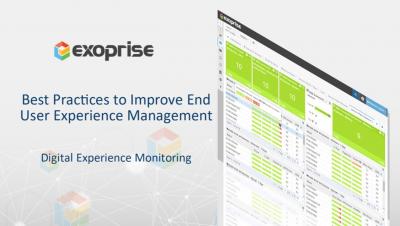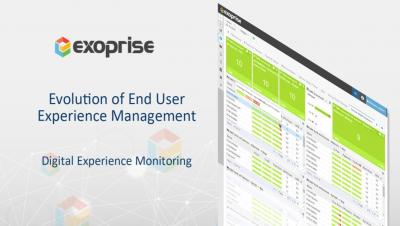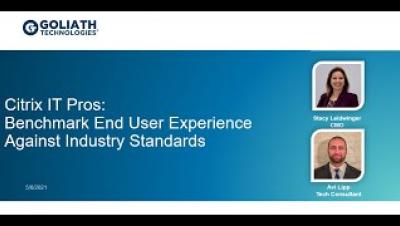Major Auto Insurance Provider Fuels Field Agent Productivity With End User Experience Monitoring
Many organizations immediately pivoted to a largely remote workforce in March of 2020. For many IT teams, across all industries, this meant a huge rushed effort to make sure employees had the technology to work from home effectively. Fortunately, many companies, specifically in the insurance industry, already had remote workers and have weathered this transition well.


